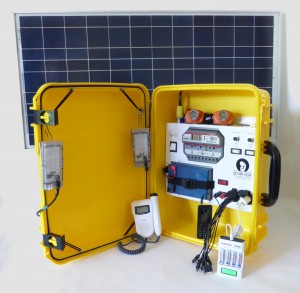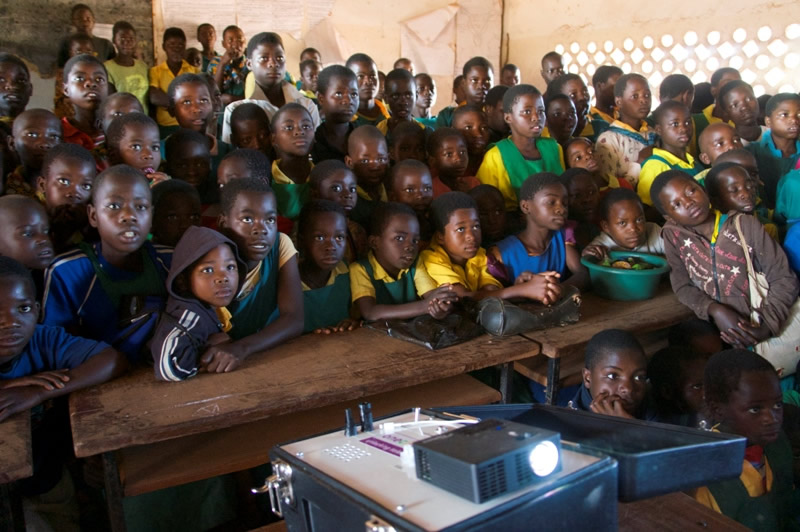Deepest darkest Africa. Much of the continent does not have access to any form to electricity. But one of the advantages of being a developing continent means you can leapfrog technological advancement. Now new solar power projects are providing large-scale, clean energy which is lighting up Africa.
Solar Energy Saving Lives
 When Dr. Laura Stachel traveled to Northern Nigeria in 2008 to find ways to reduce their deplorable infant mortality rate, she witnessed the terrible conditions that mother’s had to endure in state hospitals. One of the biggest issues was the lack of reliable sources of electricity.
When Dr. Laura Stachel traveled to Northern Nigeria in 2008 to find ways to reduce their deplorable infant mortality rate, she witnessed the terrible conditions that mother’s had to endure in state hospitals. One of the biggest issues was the lack of reliable sources of electricity.
With electrical supplies that were non-existent or sporadic, nighttime deliveries often occurred in darkness, cesarean sections had to be cancelled or conducted by flashlight, and mothers and children who were critically ill patients waited hours or days for life-saving procedures. The outcomes were often tragic and so Dr. Stachel and her husband, Hal, created a portable solar solution. The solar suitcase is able to power critical lighting, communication and medical devices in areas without reliable electricity. Learn more about the project or donate here.
Changing Lives with Solar
The Aiwiaso village in Western Ghana will soon become home to the the biggest solar power plant ever constructed in Africa. Scheduled for completion in October 2016, the Nzema sSolar-power Project promises to provide energy to 100,000 homes. The Nzema plant will contribute 155 megawatts of power, as well as create 200 permanent jobs for Ghanaians, and a further 2,100 jobs throughout the country because of the extra energy available.
Blue Energy, the company responsible for this daring project, received the country’s first private renewable energy license. The solar power plant that will cover 182 hectares and consist of 630,000 photovoltaic panels. Nzema is the company’s first big project outside the UK and promises to be a turning point in solar power technology.
Solar Energy and Education
A non-profit developer has recently design a solar-powered projection system to help Malawian
teachers educate children in remote areas. Chris Moller, a Cambridge engineer, created a solar-powered LED ML750e projector, installed with an Apple TV media streamer and an amplified speaker system.
The LED projector is connected to a long-life battery that enables the teacher to use the unit for up to five and a half hours. It has multiple-charging options such as: solar power, a car battery through the lighter socket or a mains adapter.
The LED projector has already been established in five schools, with plans for it to be released to another 200 classrooms nationwide, addressing the dire need for teaching resources in Malawi.






аккаунт для рекламы услуги по продаже аккаунтов
безопасная сделка аккаунтов аккаунт для рекламы
Guaranteed Accounts Account Selling Service
Buy Pre-made Account Account trading platform
secure account sales buy and sell accounts
accounts for sale account exchange
gaming account marketplace account market
ready-made accounts for sale accounts marketplace
secure account purchasing platform account exchange
buy account https://social-accounts-marketplaces.live
buy and sell accounts https://social-accounts-marketplace.live
verified accounts for sale https://accounts-marketplace-best.pro
buy a facebook ad account https://buy-ads-account.click
buy ad account facebook https://buy-ad-account.click
buy google ads accounts https://buy-ads-account.top/
buy facebook ad account https://buy-accounts.click/
google ads reseller https://sell-ads-account.click
facebook bm account https://buy-business-manager-acc.org/
unlimited bm facebook verified-business-manager-for-sale.org
buy tiktok ads https://buy-tiktok-ads-accounts.org